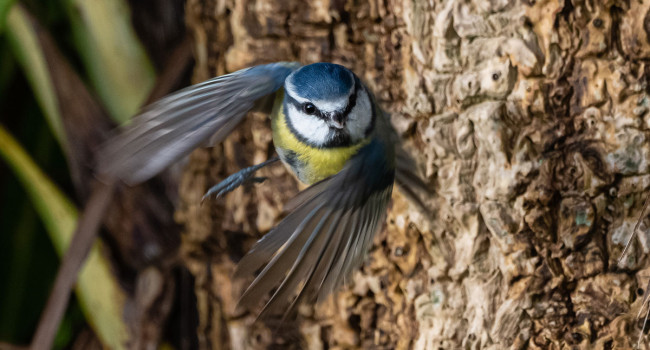Continuing influences of introduced hedgehogs Erinaceus europaeus as a predator of wader (Charadrii) eggs four decades after their release on the Outer Hebrides, Scotland
Author(s): Calladine, J., Humphreys, E.M., Gilbert, L., Furness, R.W., Robinson, R.A., Fuller, R.J., Littlewood, N.A., Pakeman, R.J., Ferguson, J. & Thompson, C.
Published: April 2017
Journal: Biological Invasions Volume: 19
Digital Identifier No. (DOI): 10.1007/s10530-017-1422-4
Staff Author(s)










Share this page